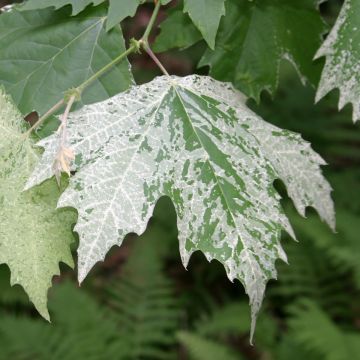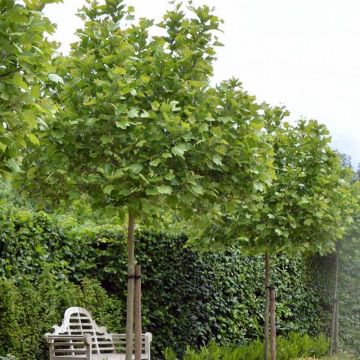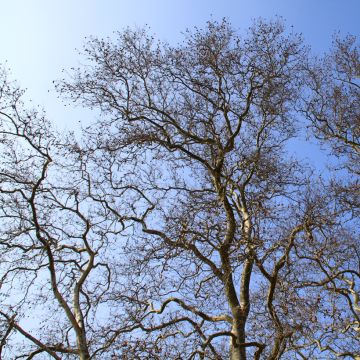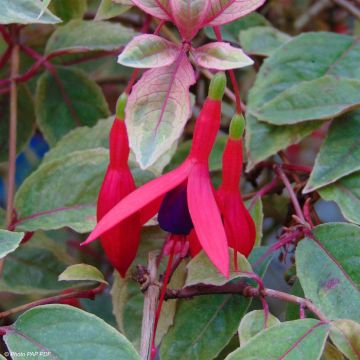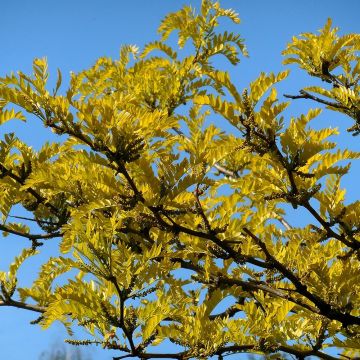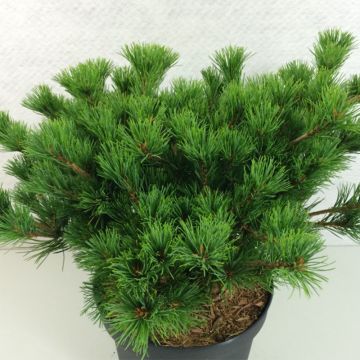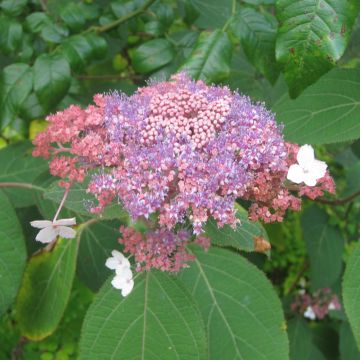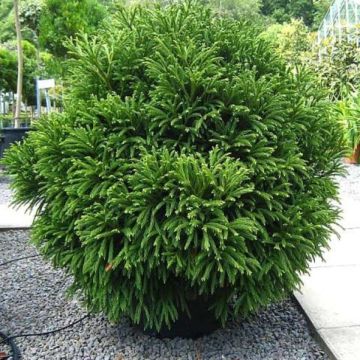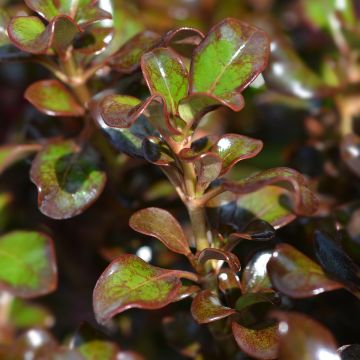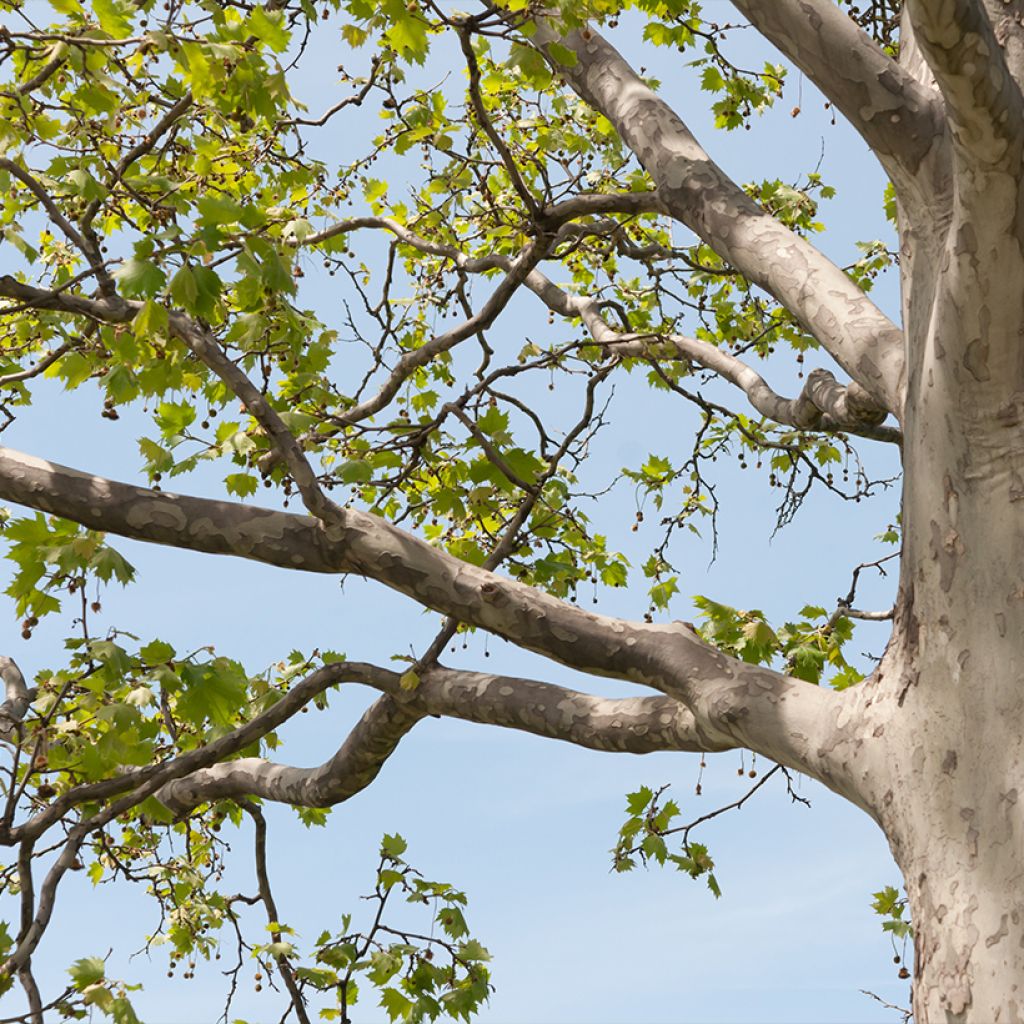

Platanus hispanica El Gordo - Platane
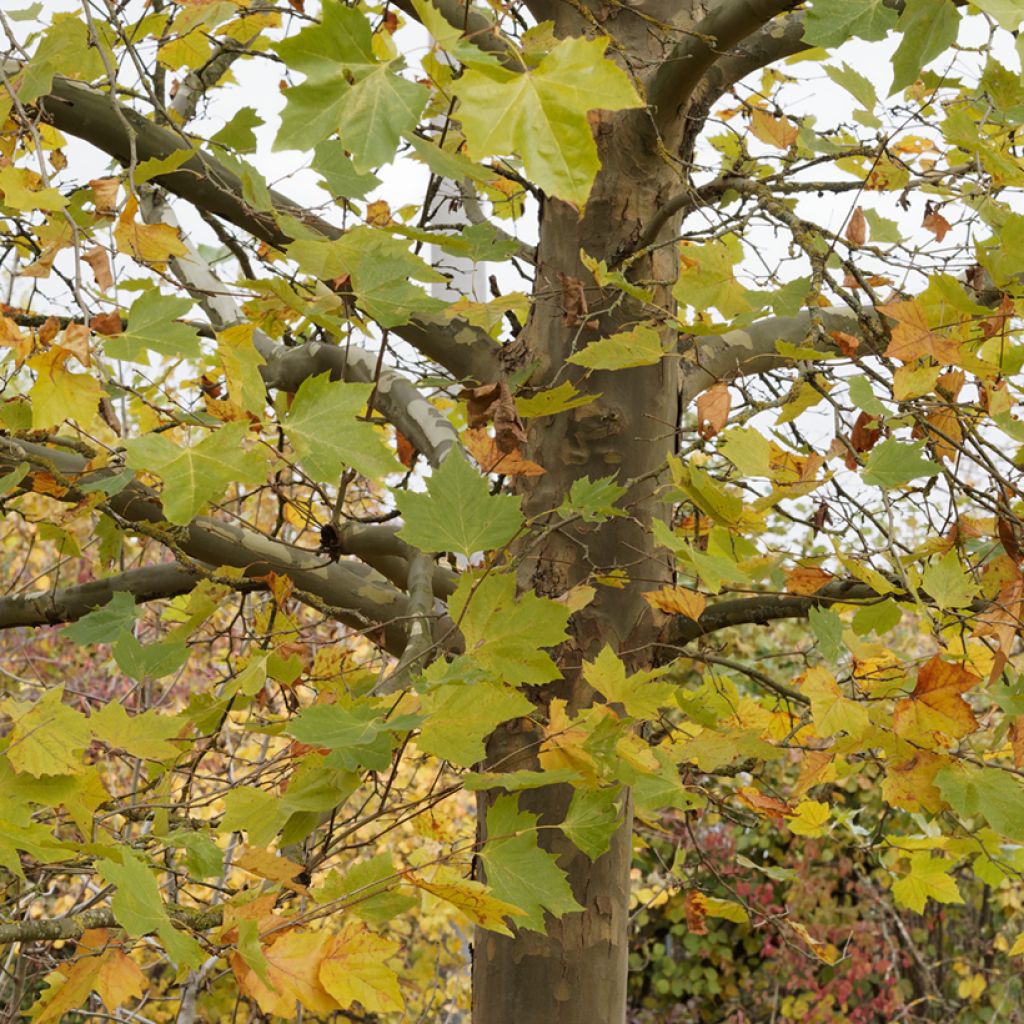

Platanus hispanica El Gordo - Platane
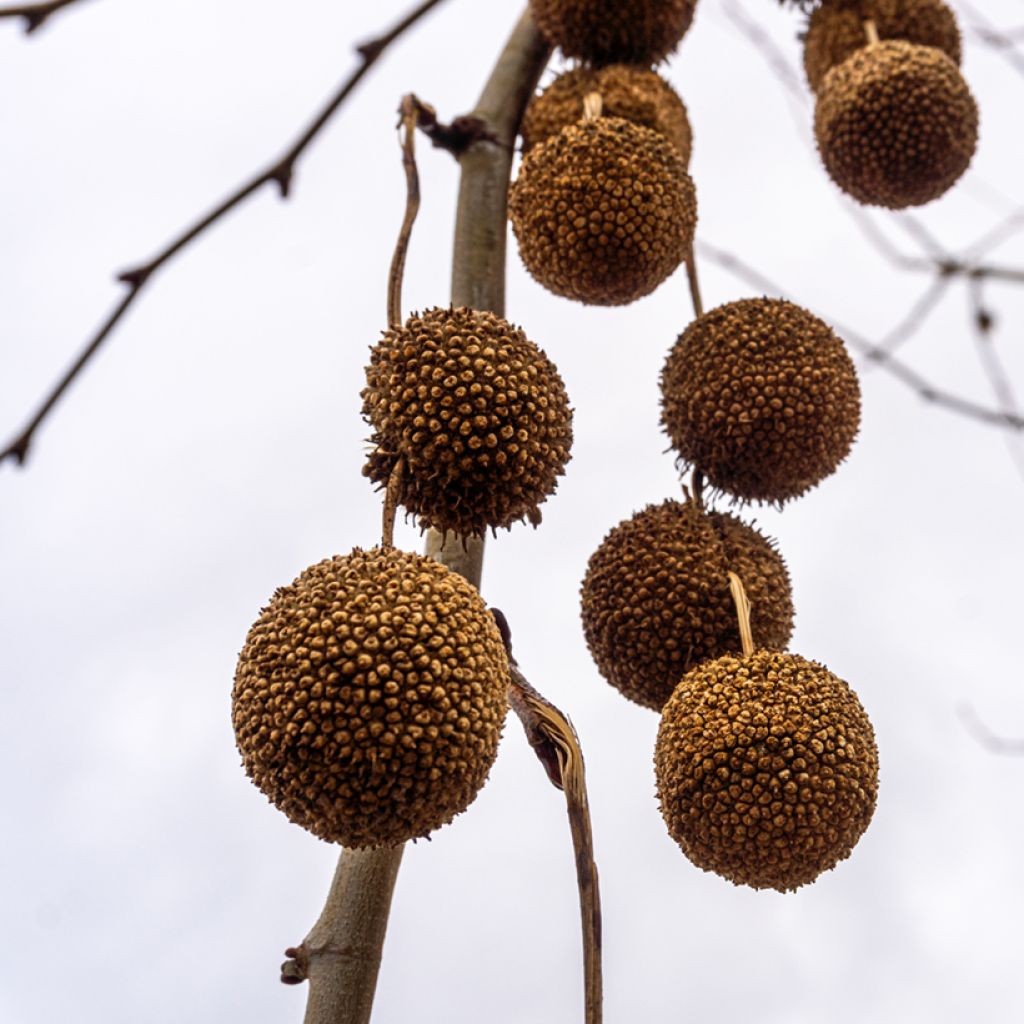

Platanus hispanica El Gordo - Platane
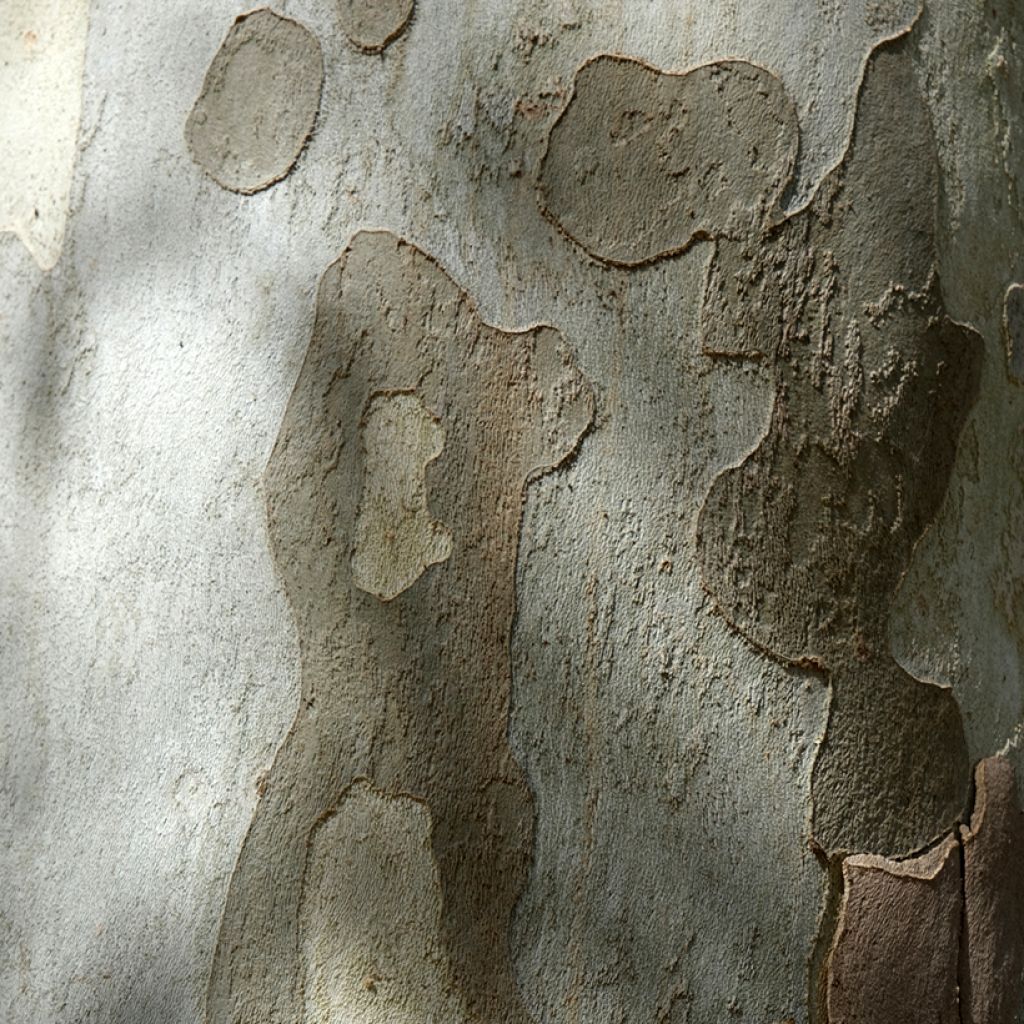

Platanus hispanica El Gordo - Platane
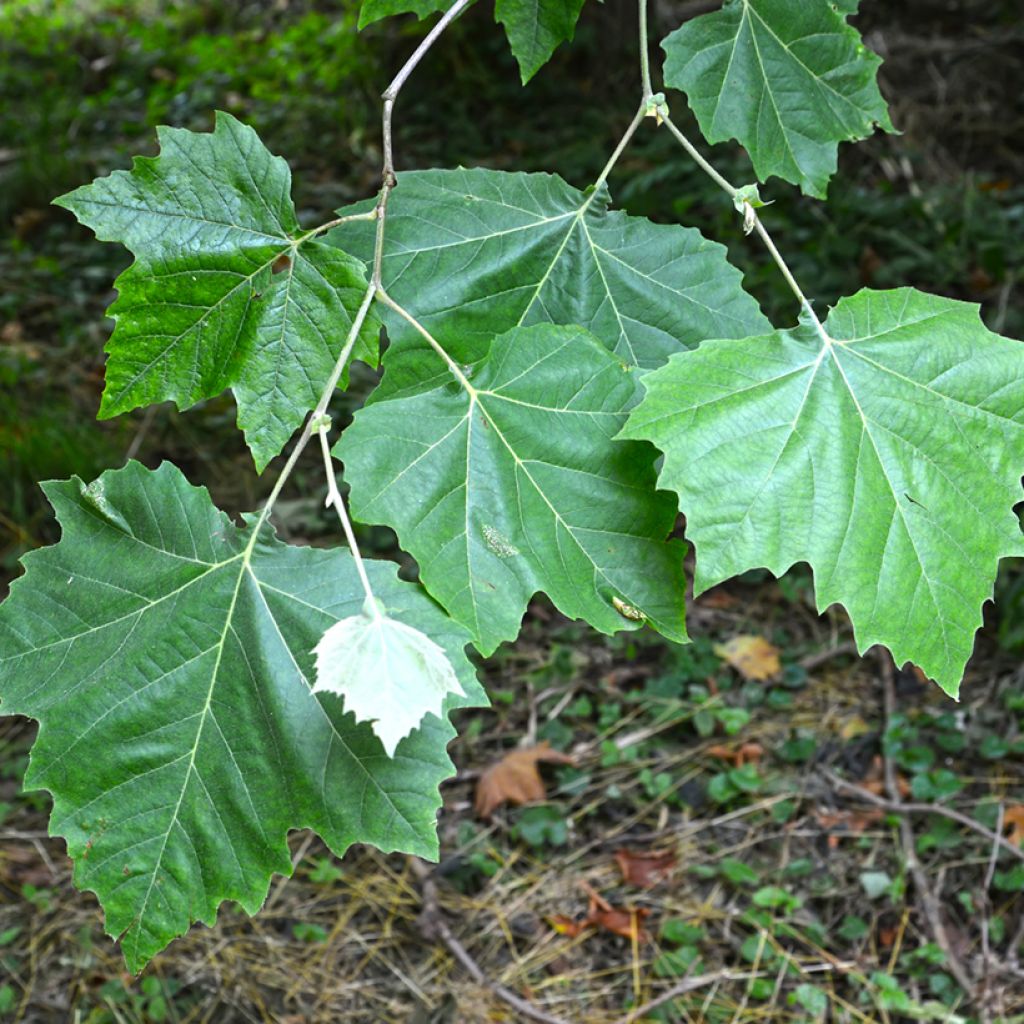

Platanus hispanica El Gordo - Platane
Platanus x hispanica El Gordo
Platanus x hispanica El Gordo
London Plane, Hybrid Plane
Subjects well arrived carefully packed and perfect delivery, They are in naked roots, so, have slept in a root ball, now it's time for planting. I will give you news of our friends trees in the future.
Luciana , 22/03/2023
Special offer!
Receive a €20 voucher for any order over €90 (excluding delivery costs, credit notes, and plastic-free options)!
1- Add your favorite plants to your cart.
2- Once you have reached €90, confirm your order (you can even choose the delivery date!).
3- As soon as your order is shipped, you will receive an email containing your voucher code, valid for 3 months (90 days).
Your voucher is unique and can only be used once, for any order with a minimum value of €20, excluding delivery costs.
Can be combined with other current offers, non-divisible and non-refundable.
Why not try an alternative variety in stock?
View all →This plant carries a 24 months recovery warranty
More information
We guarantee the quality of our plants for a full growing cycle, and will replace at our expense any plant that fails to recover under normal climatic and planting conditions.

Would this plant suit my garden?
Set up your Plantfit profile →
Description
Platanus x hispanica El Gordo is a variety of Plane tree with maple-like leaves that is interesting for the beauty of its foliage, its harmonious habit, its vigor, and its natural resistance to pests and cold temperatures. This imposing deciduous tree is characterised by very large palmate leaves that turn pleasantly colourful in autumn, and its trunk is covered in bark that peels off in large plates, revealing areas of light yellow to white colour. With particularly fast growth, hardiness, adaptability to different soil types, and tolerance to summer drought, the El Gordo plane tree is an excellent shade tree for parks and large gardens.
The Common Plane tree is a hybrid between the Western plane tree (Platanus occidentalis), native to North America, and the Oriental plane tree (Platanus orientalis), native to Southeastern Europe and Western Asia. This crossbreeding occurred in Spain (hence the name Platanus x hispanica), but also in England around 1650. Almost sterile, this hybrid produces very few viable seeds and mainly propagates through cuttings. Its lifespan can reach several hundred years.
The 'El Gordo' Plane tree is a horticultural variety that can reach a height of 30 to 40 m (98 to 131ft) with a spread of 20-30 m (66-98ft), depending on the growing conditions. It has a very rapid growth rate and develops a wide, slender, and robust trunk. The crown is pyramid-shaped, wide, and airy, supported by sturdy, slightly upright branches. The bark, characteristic of the species, cracks into large plates, revealing lighter-coloured areas. This plane tree bears tough, glossy, green leaves that can reach a width of 45 cm (18in), divided into 3 or 7 pointed and slightly toothed lobes. They turn yellow and then brown in autumn before falling. They decompose very slowly, often requiring long cleanup sessions for gardeners. In spring, the young shoots are covered in light brown hairs that can be irritating to the eyes, throat, and respiratory system. The unusual flowering occurs in May: the flowers are gathered in 'pompoms' hanging from long stems. On plane trees, the female and male flowers are separate but present on the same tree. After wind pollination, the female flowers produce tiny fruits called achenes, surrounded by a downy covering. These curious pompom-like infructescences persist on the branches for a long time after the leaves have fallen.
The 'El Gordo' plane tree, highly adaptable and hardy, thrives in deep soils, including polluted urban areas or the very dry regions and it tolerates pruning when properly done. These qualities make it an excellent tree for parks, shading, or avenues. Depending on the cultivars, plane trees can be more or less susceptible to several exotic pests and diseases: two deadly fungi that cause canker disease and black spots, as well as the plane tree bug, a sucking insect considered a likely vector of these diseases. As is often the case, these epidemics are favoured by overcrowding as well as mass pruning carried out without particular precautions. The plane tree remains a very interesting plant , hosting a whole little-known fauna under and on its unusual and characteristic bark.
Report an error about the product description
Plant habit
Flowering
Foliage
Botanical data
Platanus
x hispanica
El Gordo
Platanaceae
London Plane, Hybrid Plane
Cultivar or hybrid
Other Platanus
View all →Planting and care
The plane tree El Gordo should be planted in spring or autumn in any properly prepared and sufficiently deep soil. It tolerates limestone, clay, cold, and remarkably withstands hot and dry summers once established. Stake and prune the young plants to maintain a beautiful habit and protect them from strong winds. Once mature, the plane tree can be pruned and thinned in winter (outside periods of frost) to reduce wind resistance. Protect significant pruning wounds with pruning seal.
The plane tree can be affected by different diseases and parasites: canker and black spot, caused respectively by two deadly fungi for the tree, as well as the plane tree bug, a tiny bug that sucks the juice from the leaves and induces the formation of discoloured spots (seen in winter in large numbers, under the bark where it takes shelter). This insect is also suspected of transmitting plane tree diseases. Natural solutions such as the use of nematodes exist to fight against this plane tree bug. Avoid severe and repeated pruning, leaving many wounds that serve as entry points for fungi and bacteria.
Planting period
Intended location
Care
Planting & care advice
-
, onOrder confirmed
Reply from on Promesse de fleurs
Similar products
Haven't found what you were looking for?
Hardiness is the lowest winter temperature a plant can endure without suffering serious damage or even dying. However, hardiness is affected by location (a sheltered area, such as a patio), protection (winter cover) and soil type (hardiness is improved by well-drained soil).

Photo Sharing Terms & Conditions
In order to encourage gardeners to interact and share their experiences, Promesse de fleurs offers various media enabling content to be uploaded onto its Site - in particular via the ‘Photo sharing’ module.
The User agrees to refrain from:
- Posting any content that is illegal, prejudicial, insulting, racist, inciteful to hatred, revisionist, contrary to public decency, that infringes on privacy or on the privacy rights of third parties, in particular the publicity rights of persons and goods, intellectual property rights, or the right to privacy.
- Submitting content on behalf of a third party;
- Impersonate the identity of a third party and/or publish any personal information about a third party;
In general, the User undertakes to refrain from any unethical behaviour.
All Content (in particular text, comments, files, images, photos, videos, creative works, etc.), which may be subject to property or intellectual property rights, image or other private rights, shall remain the property of the User, subject to the limited rights granted by the terms of the licence granted by Promesse de fleurs as stated below. Users are at liberty to publish or not to publish such Content on the Site, notably via the ‘Photo Sharing’ facility, and accept that this Content shall be made public and freely accessible, notably on the Internet.
Users further acknowledge, undertake to have ,and guarantee that they hold all necessary rights and permissions to publish such material on the Site, in particular with regard to the legislation in force pertaining to any privacy, property, intellectual property, image, or contractual rights, or rights of any other nature. By publishing such Content on the Site, Users acknowledge accepting full liability as publishers of the Content within the meaning of the law, and grant Promesse de fleurs, free of charge, an inclusive, worldwide licence for the said Content for the entire duration of its publication, including all reproduction, representation, up/downloading, displaying, performing, transmission, and storage rights.
Users also grant permission for their name to be linked to the Content and accept that this link may not always be made available.
By engaging in posting material, Users consent to their Content becoming automatically accessible on the Internet, in particular on other sites and/or blogs and/or web pages of the Promesse de fleurs site, including in particular social pages and the Promesse de fleurs catalogue.
Users may secure the removal of entrusted content free of charge by issuing a simple request via our contact form.
The flowering period indicated on our website applies to countries and regions located in USDA zone 8 (France, the United Kingdom, Ireland, the Netherlands, etc.)
It will vary according to where you live:
- In zones 9 to 10 (Italy, Spain, Greece, etc.), flowering will occur about 2 to 4 weeks earlier.
- In zones 6 to 7 (Germany, Poland, Slovenia, and lower mountainous regions), flowering will be delayed by 2 to 3 weeks.
- In zone 5 (Central Europe, Scandinavia), blooming will be delayed by 3 to 5 weeks.
In temperate climates, pruning of spring-flowering shrubs (forsythia, spireas, etc.) should be done just after flowering.
Pruning of summer-flowering shrubs (Indian Lilac, Perovskia, etc.) can be done in winter or spring.
In cold regions as well as with frost-sensitive plants, avoid pruning too early when severe frosts may still occur.
The planting period indicated on our website applies to countries and regions located in USDA zone 8 (France, United Kingdom, Ireland, Netherlands).
It will vary according to where you live:
- In Mediterranean zones (Marseille, Madrid, Milan, etc.), autumn and winter are the best planting periods.
- In continental zones (Strasbourg, Munich, Vienna, etc.), delay planting by 2 to 3 weeks in spring and bring it forward by 2 to 4 weeks in autumn.
- In mountainous regions (the Alps, Pyrenees, Carpathians, etc.), it is best to plant in late spring (May-June) or late summer (August-September).
The harvesting period indicated on our website applies to countries and regions in USDA zone 8 (France, England, Ireland, the Netherlands).
In colder areas (Scandinavia, Poland, Austria...) fruit and vegetable harvests are likely to be delayed by 3-4 weeks.
In warmer areas (Italy, Spain, Greece, etc.), harvesting will probably take place earlier, depending on weather conditions.
The sowing periods indicated on our website apply to countries and regions within USDA Zone 8 (France, UK, Ireland, Netherlands).
In colder areas (Scandinavia, Poland, Austria...), delay any outdoor sowing by 3-4 weeks, or sow under glass.
In warmer climes (Italy, Spain, Greece, etc.), bring outdoor sowing forward by a few weeks.






























